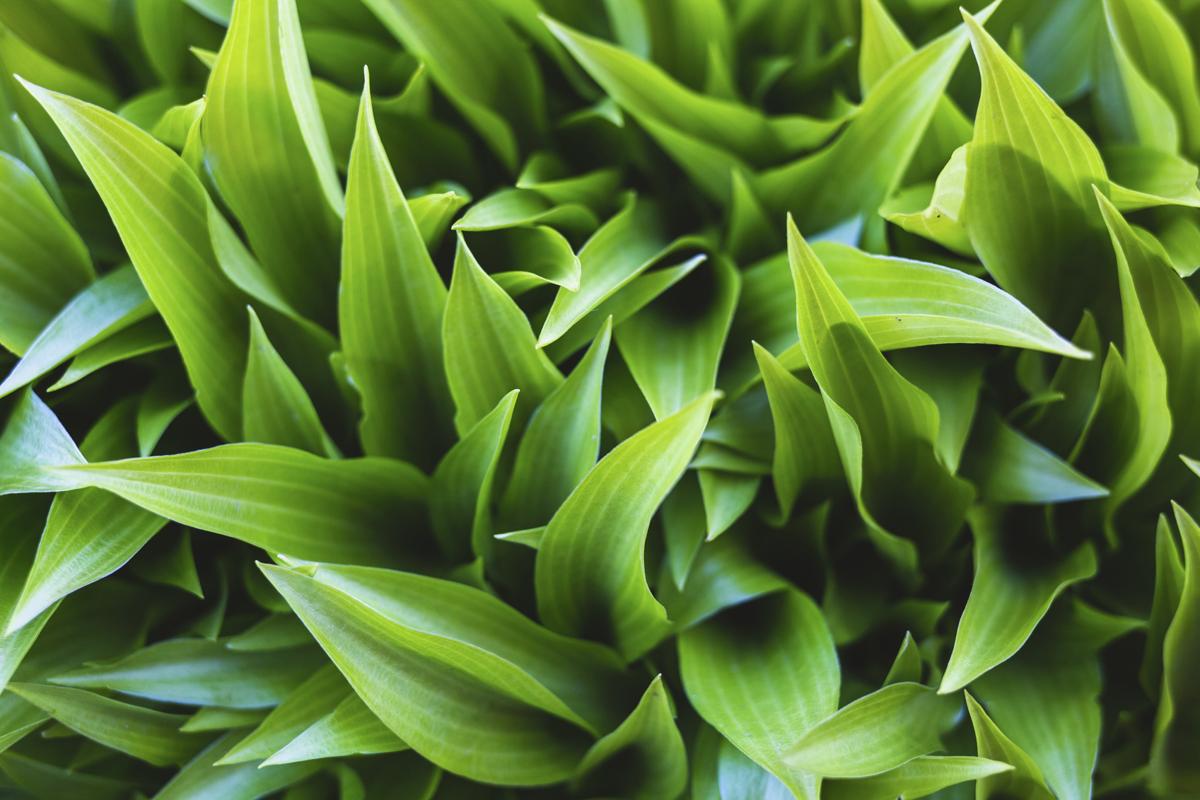
Spring isn’t just for planting! If you’ve got perennials like hostas, it’s also an important time of year to do a bit of maintenance. Follow these spring tips to make sure your hostas thrive this year.
Spring Cleaning
Late winter and early spring are when you begin preparing your garden for the year. It’s time to tidy things up a bit. Remove any old foliage and bloom scapes remaining. Pull mulch and dead plant material back a bit from the hosta crown and shoots to help prevent rot.
You can also apply a fresh layer of mulch; just don’t pile it on top of crowns and shoots. Mulch helps regulate the soil temperature, keep the soil moist, and block weeds.
While your hostas will help shade out weeds later in the summer, spring is an excellent time to keep up with weeds as they come up. They’re much easier to deal with when they’re small.
Spring Feeding
Hostas are relatively low-maintenance, but they do benefit from an annual application of fertilizer. Feeding hostas in the spring can help them put on new growth. Some varieties may also benefit from a light feeding later in the summer.
At Pine Forest Gardens, we use Osmocote fertilizer with an NPK (nitrogen-phosphorus-potassium) ratio of 15-9-2. Hostas aren't that picky. You can use other hosta fertilizers as well. Follow package instructions for application rates and avoid putting fertilizer directly onto hosta crowns, shoots, and leaves as this can burn the plant.
Slug Control
If you want your hosta garden to look gorgeous this summer, it’s essential to start slug control early. Start by pulling back old leaves or mulch that has accumulated around the crowns of hostas. This material could harbor slugs and slug eggs.
We also recommend applying a slug control product. We prefer Sluggo as it is safe and non-toxic to pets. Sluggo also contains fertilizer to give your plants a spring boost and is certified organic by the Organic Materials Review Institute (OMRI).
Critter Control: Do deer like hostas?
Unfortunately, gardeners aren’t the only ones who love hostas! Deer, chipmunks, squirrels, other types of rodents, and rabbits like hostas too. Even if your garden is in a fenced backyard, critters can still get in and damage plants. Animals will eat hosta shoots and tender new leaves. Rodents may also dig in your garden bed, disturbing your hosta’s roots and crown.
Thankfully, there’s an easy solution to keep deer and other pests from eating and damaging your hostas. We recommend using Plantskydd Animal Repellent. These granules are easy to use, safe, and effective. They’re certified organic by Organic Materials Review Institute (OMRI) for food production. They’re also rain-resistant, so there’s no need to reapply after every rain, and they contain built-in fertilizer to help you grow bigger, healthier plants.
Container Gardens: Spring Refresh

Don’t forget about your planters and container gardens this spring! Miniature and small hostas grown in containers should get some attention as the weather starts to warm up. It’s a great time of year to repot these plants. We recommend repotting smalls and mini at least once every two years.
If you’re not repotting your container-grown hostas, it’s good to refresh their soil anyway. Rain and pests can disturb the soil over the season and through the winter. You can keep them healthy by top dressing pots with a bit of fresh potting soil. It will keep them looking nice too!
Bonus: Are Hostas Edible?
It may sound crazy, but hostas are edible! They’re a member of the family Asparagaceae, which, as you probably guessed, is the family asparagus is in. Hosta shoots and young leaves have been eaten in Japan for centuries, both cooked and raw. They have a very mild flavor.
If you decide to try a bit of hosta, make sure you don’t damage your plants! Avoid cutting a whole plant back. Take just a few shoots or leaves. Also, only harvest from well-established, healthy plants that have been growing well for a couple of years. Hostas do best when they’re left undisturbed.
Make sure your garden is in great shape for 2021! Use these tips to prevent pest and disease issues and help your hostas grow big and beautiful.

